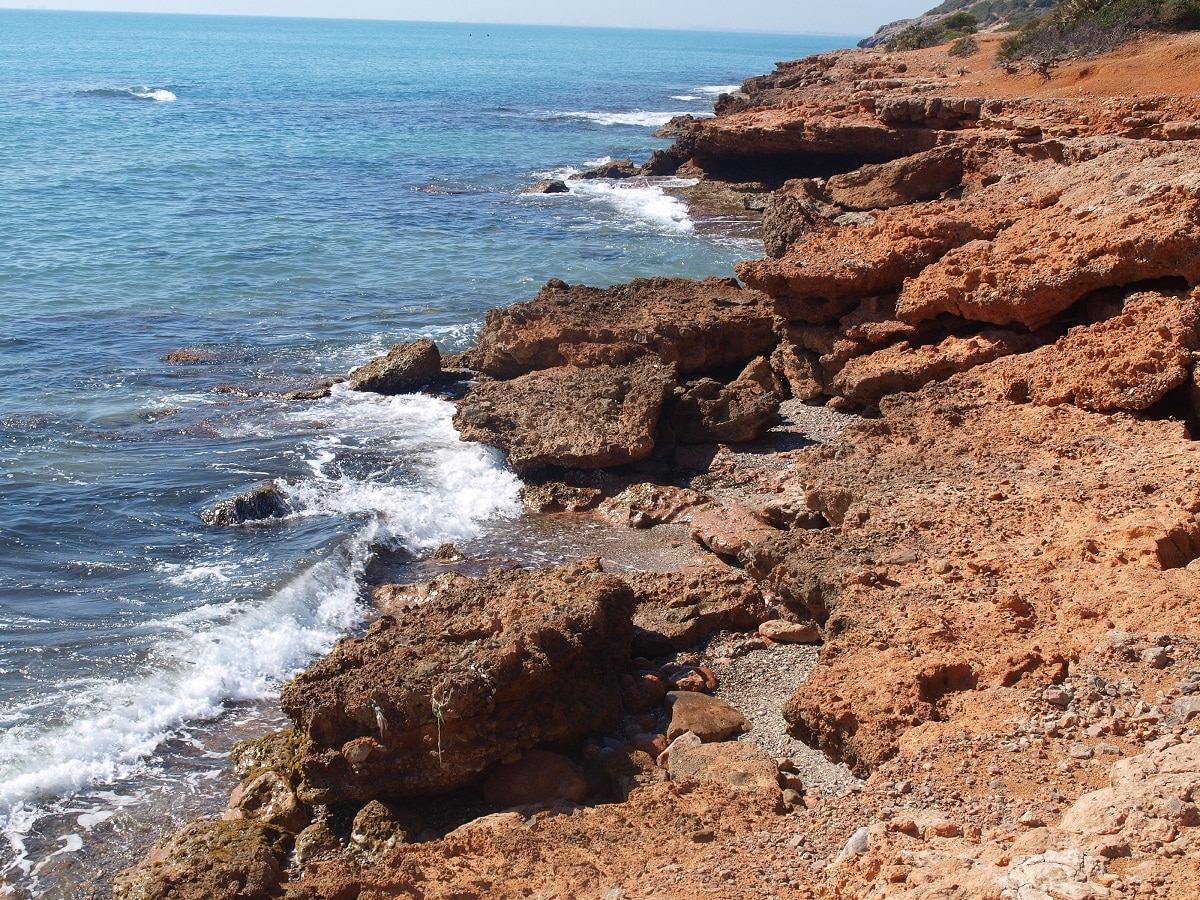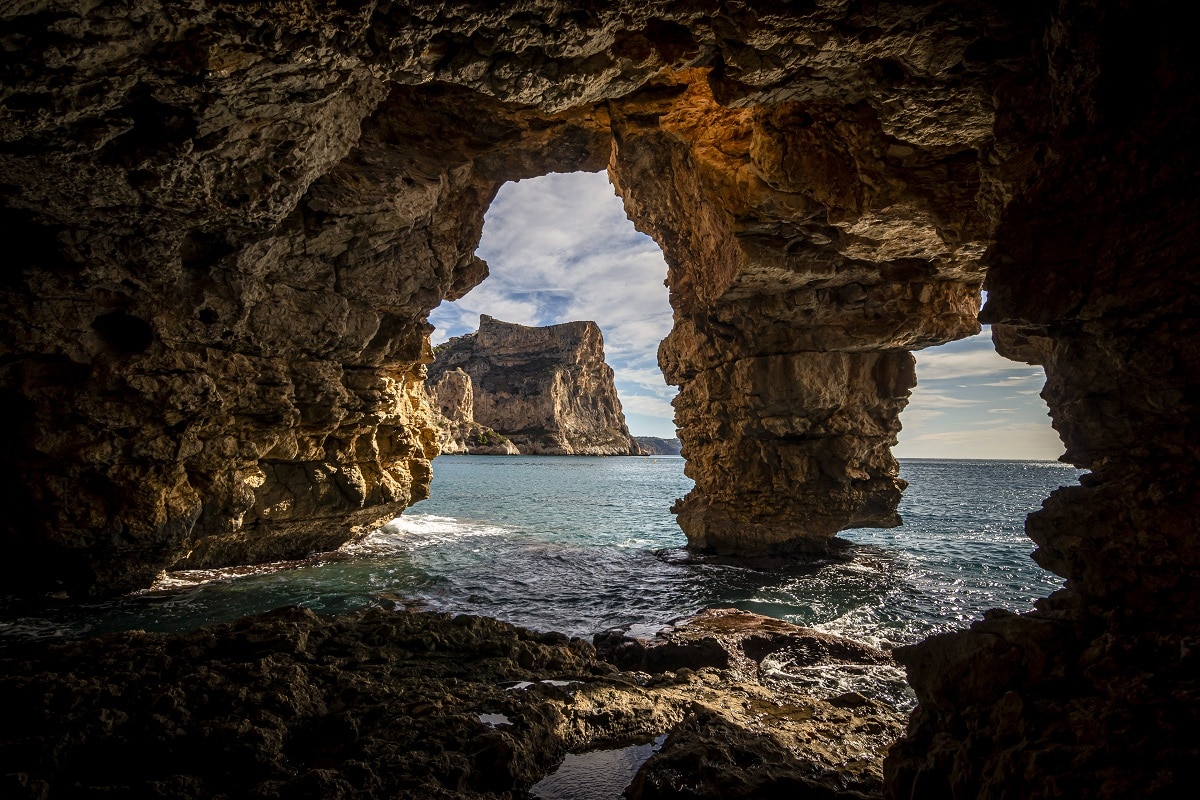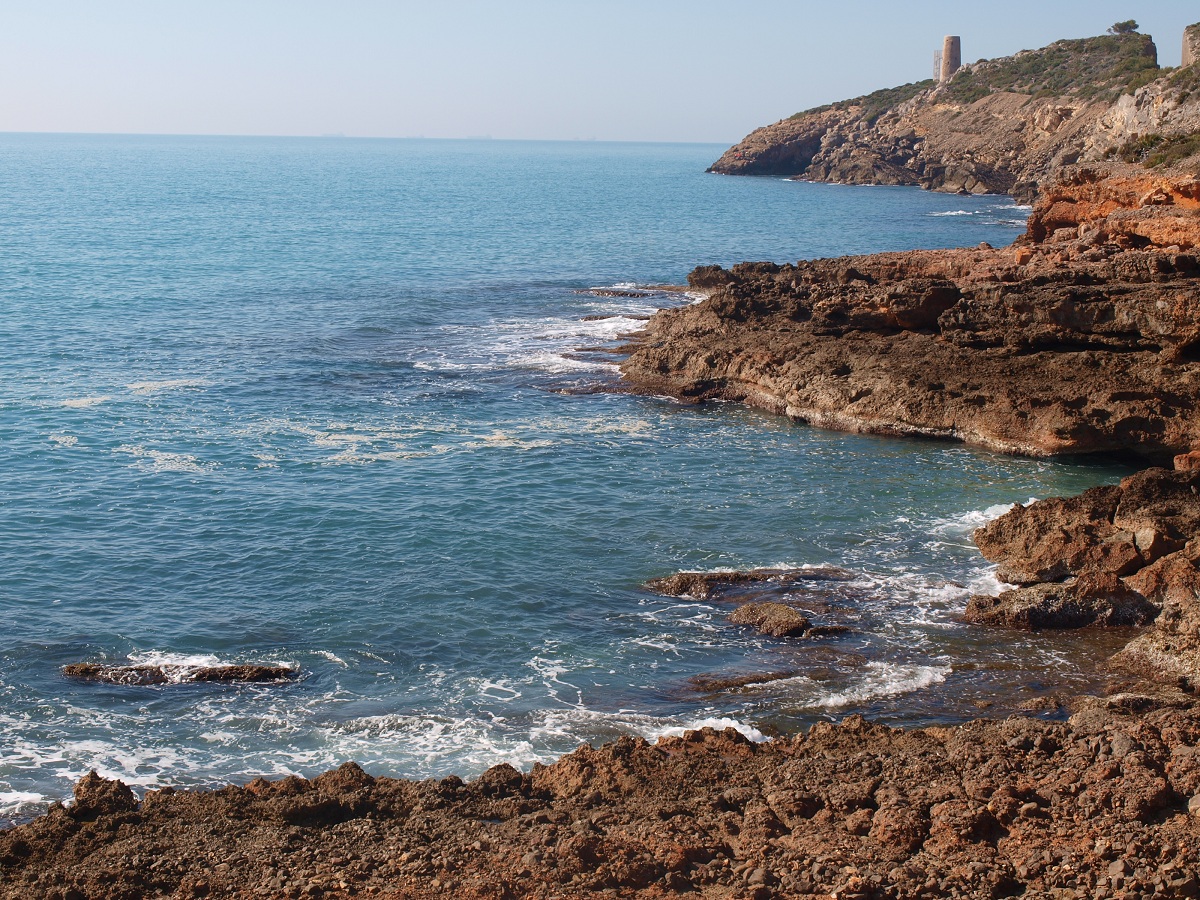
In nature there is a process of continuous wear that is known by the name of erosion. This erosion is transferred to the different areas and natural ecosystems. Today we are going to talk about the marine erosion. It involves erosion of the shoreline and the removal of sediment from sand dunes caused by ocean currents, waves, and ocean currents.
In this article we are going to tell you about all the characteristics, causes and effects of marine erosion.
Key features
Marine erosion is nothing more than the continuous wear and tear of the land surface caused by ocean currents, waves and ocean currents that continually hit the coast. Waves are one of the most visible erosive elements that can be seen. However, tides and fauna also play an important role in this erosion process. This type of erosion can also occur in rocks and in the sand itself.
When it occurs on coasts with few rocks, erosion is much more pronounced and rapid. We must understand that rocks are much harder elements and, therefore, more difficult to wear down over time. If something does not have these rocks, the erosion occurs in a much more accelerated way. When there is one area softer than the other in a small area, we find formations such as fountains, tunnels or natural pulars.
How marine erosion occurs
We are going to see the main steps and the causes by which marine erosion occurs. The main reasons why the coastline wears continuously occurs due to natural phenomena: waves and ocean currents. On the other hand, it is also usually produced by the action of some living beings, although this process is not so significant in the final erosion of an ecosystem. We will analyze step by step what are the aspects of marine erosion.
Surf
The waves are the elements that reach the coast and can erode the ecosystem. They have two stages of movement. The first of them occurs when the wave is constructive. This means that it is up and hits the coast of the coast. The second stage is when it becomes a hangover, which is when it acted as if it were a mantle and drags all the sediment into the sea. This process produces a continuous compression and decompression effect, which in turn generates a suction defect capable of producing cliff collapses.
We must bear in mind that marine erosion occurs on a geological time scale. This means that thousands of years must pass for a coastline to erode by wave action.
Ocean currents
It is another aspect to take into account of marine erosion. Its main role is to drag. The undertow of the wave produces bottom currents, which is movement perpendicular to that of the shore current. Currents can produce a parallel motion when waves strike obliquely on shores. The difference between the high and low points of the tides also generate irregular currents. These tides depend on the area where we are and the year. They are strongest when there is a large difference between low and high tide. This is where we see the exit points at both times.
Types of marine erosion
As we have mentioned before, marine erosion depends on where it occurs. Therefore, there are different types:
- Hydraulic starters: They occur when waves hit the sediments that are not very settled and wash them away. The sediments are washed away by the rivers and they normally eat at the mouths. In addition, by contrast, they tend to act on cracked rocks and these are destroyed as the waves penetrate violently and compress the air present. This is how, with the passage of time, the rocks are destroyed.
- Abrasion: This type of marine erosion is generated as a product of friction on the coastline of the rock fragments that are transported by both waves and tides. Depending on the size and speed with which they are displaced, they can cause more or less erosion. This type of erosion is essential in the formation of adult crusts, cliffs and abrasion platforms.
- Corrosion: corrosion occurs due to the content of mineral salts present in the sea. These salts are capable of dissolving many materials. Mainly they tend to dilute the limestone rock that is located inside. Then they transform into coral reefs or assist in the abrasion process through their small particles. Corrosion also tends to act around the sea. This is caused by haze. And it is that the mist the same salts that make a dent in the constructions in the means of transport of the coasts through the humidity.
- Biological processes: it is another type of marine erosion, although less significant. Animals are responsible for erosion. The sea has rock-eating animals known as lithophagi. Others are animals that transport the dissolved limestone rock into the sea to form coral reefs. The flora and vegetation also have an influence on staying in the crevices of the rocks and facilitating their breakdown.
Causes and effects of marine erosion
Among the causes of marine erosion we find the following:
- Attraction of the moon: the attraction on the part of the moon is what generates the tides. According to the phases of the moon and the point of terrestrial translation, the behavior of the tides varies.
- Storms: storms with another important factor to consider. There are waves that have a force of 9765 Kg / m1, which can increase three times its force during heavy rains.
Let's see now what the effects are:
- Cliffs: marine erosion is reflected in the relief of the coasts. The cliffs are vertical rocky slopes that are formed by the blow of the waves. They are the result of weathering of the eroded rock.
- Abrasion platforms: they are eroded rocky platforms that appear when the tide is at low tide. It is an entire extension of the coastline.
- Marine acts: They form when erosion from the sea emphasizes a particular area of the cliff.
- Sea caves: They are created to injure the materials with a lower hardness.
- Peninsula: they are pieces of land joined by isthmus.
- Littoral arrows: they are formed by the accumulation of sediments.
I hope that with this information you can learn more about marine erosion, its causes and its effects.


